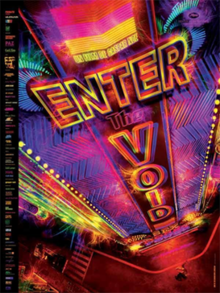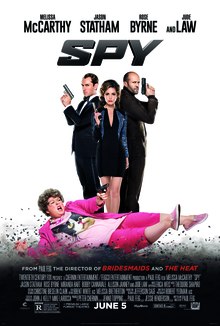
Released: June 26th,
2015
Rated: R
Distributor: Universal Pictures
Starring: Mark Wahlberg, Seth MacFarlane, Amanda
Seyfried
Directed by: Seth MacFarlane
Written by: Seth MacFarlane, Alec Sulkin, Wellesley Wild
Personal Bias Alert: haven’t seen Ted, not a big
MacFarlane fan
3.5 of 10
Seth MacFarlane
has been a staple of American pop culture for over a decade now. His television series and movies have filled
our screens almost nonstop, and while the output is impressive, the variety has
been lacking. His television series,
which at one point took up half of Fox’s Animation Domination, have been
largely criticized for their similarity, especially when it comes to characters.
My only firsthand knowledge of
MacFarlane’s work has been Family Guy,
which I watched and enjoyed 10 years ago.
Now having seen Ted 2, I have
to throw my support in with those who cry uniformity, because Ted 2 is up to the exact same tricks Family Guy was pulling ten years ago.
MacFarlane’s
humor is still a manic mix of bawdy crudeness, pop culture references, and
randomness that often gets unfairly criticized for being dumb. There’s nothing dumb about the amount of
jokes and references he can cram into a piece, nor is it, as others have
asserted, an unfairly offensive brand of humor.
It’s a completely fair brand of offensive humor, riffing and finding
disgust in almost every type of human being.
Rest assured that Ted 2 will
hit on whatever your particular sensitivities are, be it homophobia, sexism, racism,
nerdism, or dumbism (I’m making up words now, but you get the point). In these moments, you’ll squirm with
discomfort and your blood will boil, but later on your even-keeled head will
recognize that he was tearing down pretty much everyone, and I guarantee that
you’ll have belly laughed at several potentially offensive moments.
No, the
problem isn’t that MacFarlane’s humor is undeserving of praise; it’s the
package it comes in that’s often its downfall.
That’s the case with Ted 2,
which suffers from an overlong, disjointed plot. It should have stuck to the main storyline
where the magically sentient teddy bear named Ted (voiced by MacFarlane) must fight
for legal human rights. Instead, the
film gets distracted by subplots and offshoots and an annoyingly long setup that
makes the whole thing feel disjointed.
Despite its very clear goal, the whole movie seems aimless, wandering
around from joke to joke in a way that distracts from the main plot and
inhibits you from getting all that invested.
The sad thing is that MacFarlane does seem to be trying to make a
tongue-in-cheek point about human rights, but any weight that might carry gets
lost in all the meandering.
The
one subplot that does work in the film is the romance between Ted’s best friend
John (Mark Wahlberg) and his lawyer, Samantha (Amanda Seyfried). Seyfried can do broad comedy in her sleep (we’ve
all seen Mean Girls), and there’s
good chemistry between her and Wahlberg.
The relationship also gives Wahlberg something to do besides pal around
with Ted, where he often hams things up too much, and lets him be the jovial
idiot his character is supposed to be. If
the rest of the offshoots had been cut, Ted
2 could’ve been a lean, mean, laugh-inducing machine.
But
MacFarlane likes his offshoots, which here mostly exist just for a joke instead
of any real plot point. He was doing
this stuff ten years ago in Family Guy,
and the same rule applied then as it does now:
if the joke’s funny, then the diversion is worth it. Unfortunately, too many of the
inconsequential jokes in Ted 2 fall
dead flat, and it’s not just an issue of personal taste. Entire scenes would pass in my screening
where the theater was quiet enough to hear crickets, including three people who
were clearly MacFarlane fans, because they guffawed at every joke that landed. Even these folks were silent for far too
long, and the buildup of these long dry spells suffocated the occasionally riotous
moments.
The
barometer for straight up comedy films will be different for everyone. If you’re someone who evaluates them purely based
on the number of times you laughed, then this film will probably be much more
satisfying to you. It undeniably will
make you laugh many times, but I happen to value sustained comedy more. A five minute mashup of Ted 2’s best jokes would make for an incredibly satisfying YouTube
video, but in the film you must sit through nearly two hours of dullness just
for these few laughs. That’s not a
satisfying comedy to me.
Other
Notes:
Ø The
CGI for Ted looked very seamless.
Ø I
got the various references, but they weren’t funny. What’s the point if they aren’t funny?
Ø I
really disliked the music in this. I mean,
that title number didn’t fit in, and most of the song choices were way too
intrusive.
Ø The
height of Ted made for some weird shots.
I don’t know if I’ve ever seen so many inadvertent legs and crotches in
the frame.
Ø There
was a lot of manspreading from Wahlberg.









